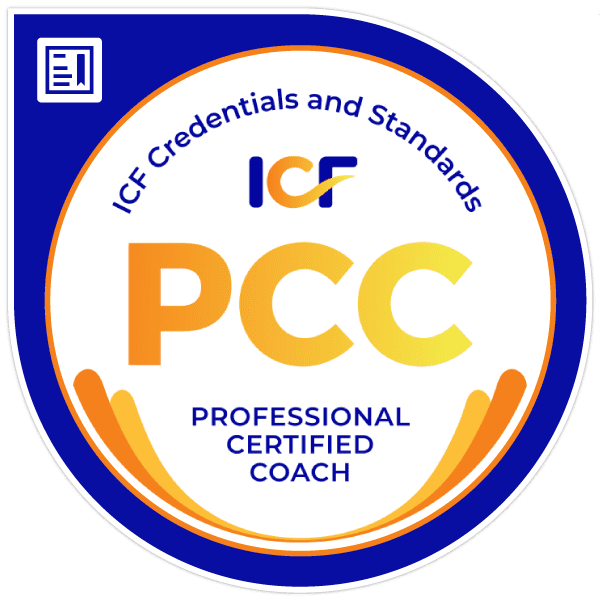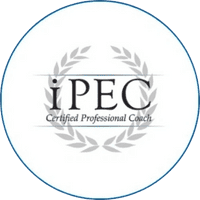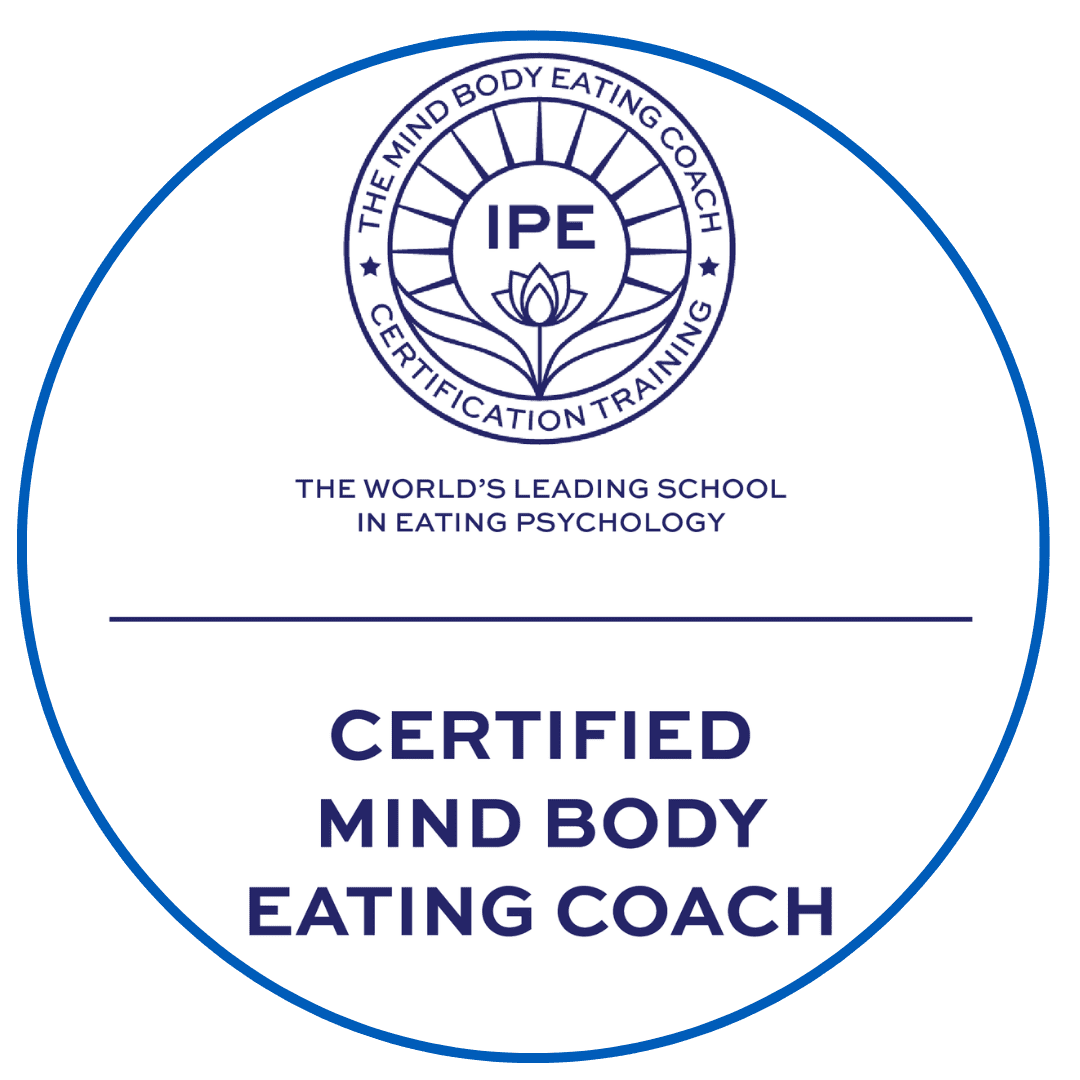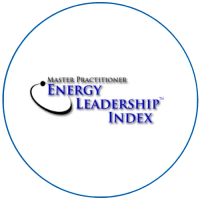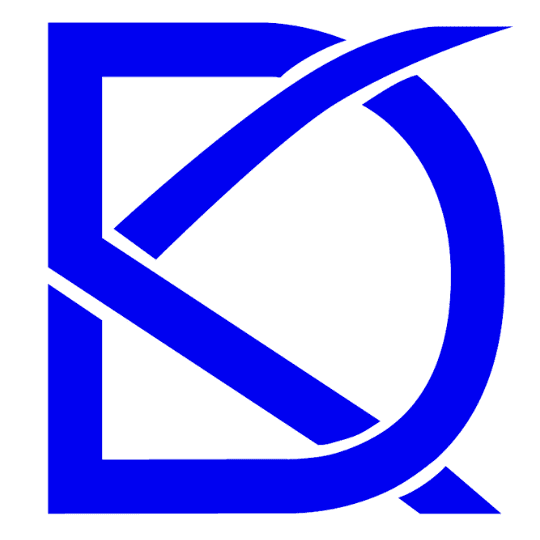What is Objectives and Key Results (OKRs)?
OKRs are a simple-to-understand framework for organizational goal setting. Done well they encourage engagement, accountability, autonomy, communication, teamwork, appropriate risk taking, creativity, effective action, job satisfaction, and organizational alignment at all levels.
The promise of OKRs is great, and the concept is simple. However, the implementation requires a level of organizational transformation. OKRs change an organization at all levels and that takes commitment, investment, and time.
Intel, Google, YouTube, and Samsung are a few of the many highly successful companies who built their success with OKRs. They are also key to the success of many public organizations and non-profits.
OKRs are a framework supported by a methodology that can be used by anyone. However to be effective and sustainable, using one of the dedicated OKR software platforms is called for.
Sadly, the majority of OKR implementations fail, often because the organizational leaders were not fully prepared or on board with the transformation that OKRs require. Sometimes organizations jump in with the wrong strategy, attempting too much too fast, or expecting team members to embrace the change when leaders were hesitant to be accountable and transparent as well.
The risk of having a failed implementation is that an organization may move farther away from the benefits OKRs bring, and become resistant to OKRs even when done well.

Set top-level goals that are aligned to your values
Set top-level goals that are aligned to your values
The executive team should agree on top-level goals and strategies that are aligned with core values and competencies. This comes first, and if you aren't achieving clarity, keep working on it. An OKR success requires that the executive team be fully on point with the top level objectives and key results, and sets an example for the organization.


Pass information throughout your organization
Convey strategic priorities, including the focus on organizational alignment through OKRs, to all team members. Clearly share the "Why" of organizational alignment followed with the "How". Define who will be the sponsor and champion of the OKR rollout. Paint the vision of collaboration, revised roles, and goal ownership. Acknowledge that this will be an evolution, not a revolution.
Start the shift to a matrix structure
Start the shift to a matrix structure
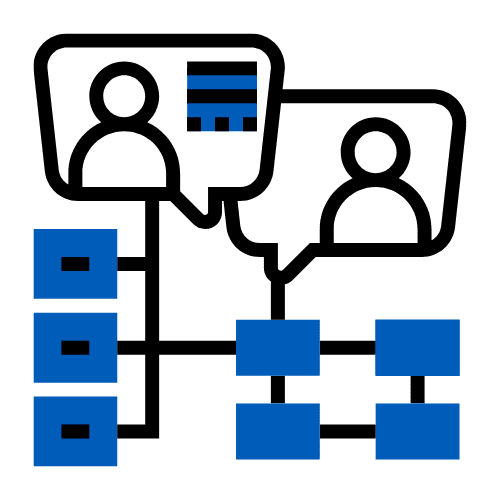
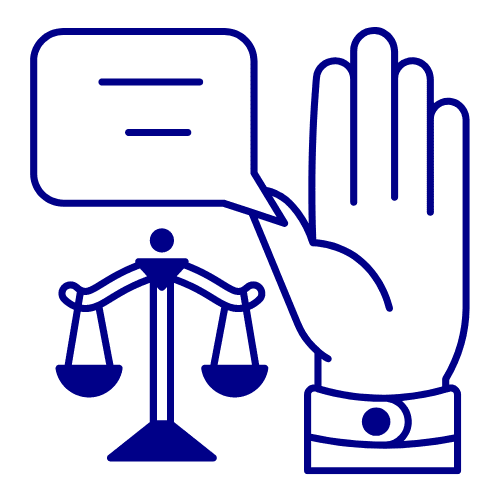
Increase transparency
Complexities of organizational alignment require transparency and real time stakeholder visibility. Since the OKR implementation will require this, it is a good idea to start slowly and early, even before the OKR kickoff.
Transparency assures that:
Employees at all levels are held accountable for their goals.
Honesty is highly valued and everyone can ask for help.
Feedback and knowledge-sharing are normalized.
If you are interested in exploring the idea of implementing OKRs in your organization contact me for a FREE CONSULTATION.

Accreditation
